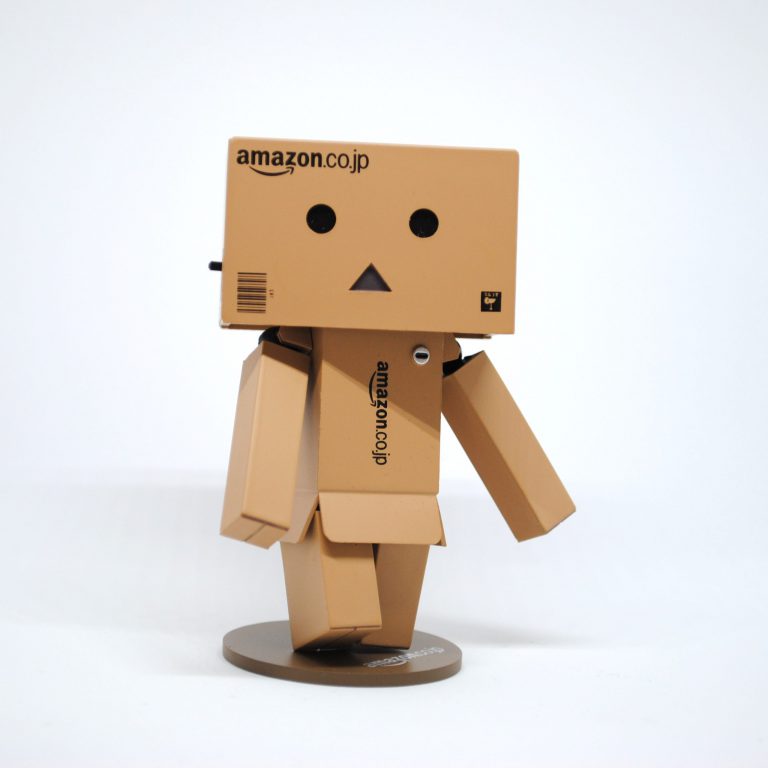In today’s VUCA world, disruption from unlikely competitors is omnipresent; industry changes occur in faster and shorter cycles; regulations, such as for data protection, are just around the corner; and time to market is forever shrinking. Virtual assistants are also completely changing the way consumers buy products, acting as gatekeepers by restricting choice through specific recommendations – and allowing people to buy products they have not even seen. Does this mean product packaging still matters? Will we still have some control over what we buy? Well, as research indicates that people actually like these algorithmic recommendations and often follow them, the use of such platforms is likely to keep growing and will continue to raise more and more questions of this kind.
But do not fret – there is light at the end of the tunnel. Take Amazon. It knows what customers are going to buy before they go anywhere near the checkout, thanks to predictive analytics and tons of customer data. Data analytics and artificial intelligence make it possible to link data to gain insights on customers, grow the business, and optimize the speed and quality of logistics. And these new technologies are no longer the prerogative of “tech” firms. More and more companies are integrating such tools to navigate the turbulent waters and turn their ship around.
Does this mean you should collect more data?
Data are necessary to feed algorithms, but avoid falling into the trap of “simply” collecting and storing more data. You need to be able to transform any data you collect into useful information, otherwise it is more likely to just waste resources and add even more complexity. A useful process to draw causal inference from big data could be divided into the following stages:
Find interesting patterns in the data
Explain those patterns (possibly using experimental manipulation in order to understand the link between cause and effects)
Use those patterns and explanations.
The second step is probably the most important and most challenging one. As almost everything in the real world interacts with everything else, researchers have tremendous difficulties explaining patterns of correlation in the data. Could the advent of artificial intelligence (AI) and machine learning algorithms help?
AI & Machine Learning: Much more than fancy analytics
World chess champion Gary Kasparov claimed he was the first person to have lost his job to AI when IBM’s Deep Blue beat him at chess. But Deep Blue was not really an AI. Rather, it was a supercomputer with the capacity to compute more moves ahead (200 million positions/second) than a human. It would thus be more accurate to say that Kasparov lost his job to brute force and Moore’s law rather than AI. Artificial intelligence is much more than brute force; it refers to a system able to imitate human intelligence. To highlight the difference, consider the paradox “We know more than we can tell” from Michael Polanyi, a mathematician philosopher. Indeed, many of the tasks we perform rely on intuition and tacit knowledge that are difficult to explain. A typical example is the capacity to recognize one’s mother. Babies and animals can do it effortlessly, but it is difficult to verbalize how we do it. So, if we cannot explain it, how can we teach a computer to do it?
Google DeepMind found a way around Polanyi’s paradox. In January 2016, the London-based company published a research paper explaining how AlphaGo, a Go-playing application it developed, used a combination of machine learning and tree search techniques to master the game of Go. In this ancient two-player board game, each player must try to capture more territory than their opponent on a 19×19 grid (see Figure 1). Despite relatively simple rules, the number of possible combinations in Go (2×10170) is larger than the number of atoms in the observable universe (2×1082). At present, no computer is powerful enough to solve this game using brute force and nobody can explain the game. Even the best Go players cannot articulate their tactics; they rely on intuition and heuristics such as “Do not use thickness to make territory.” This game is considered the most challenging of classic games for artificial intelligence.

